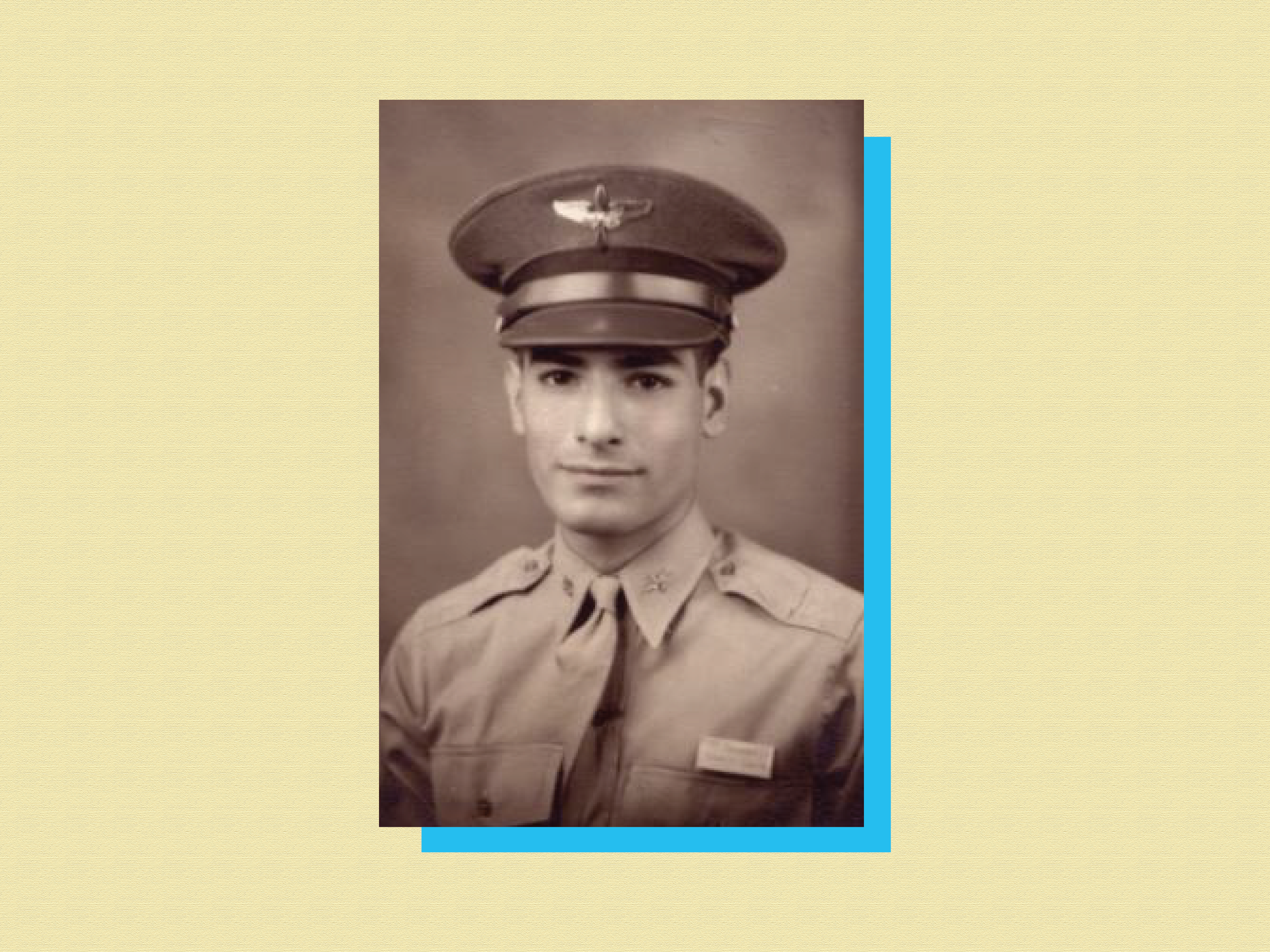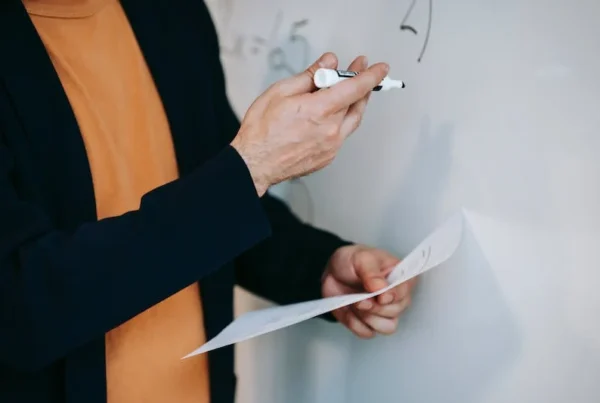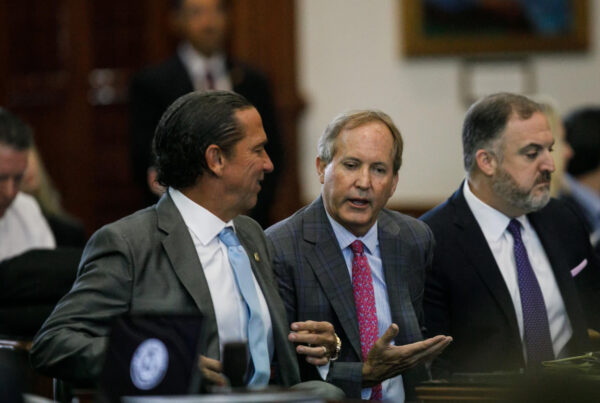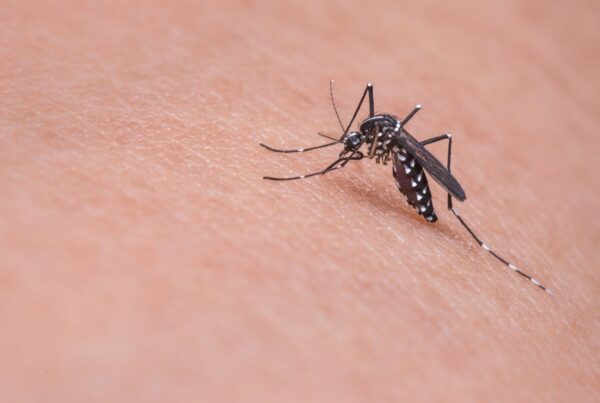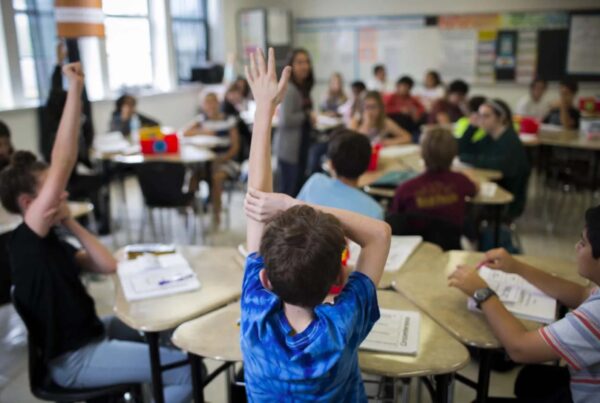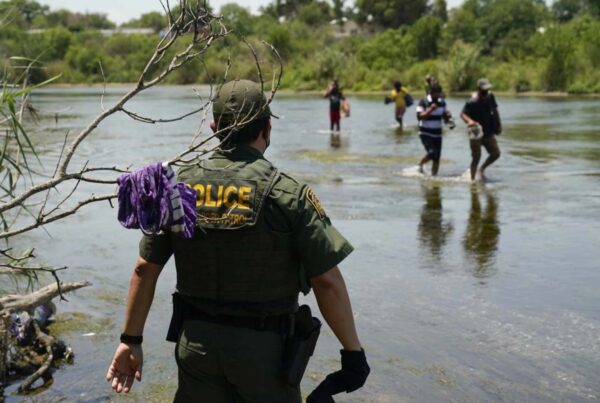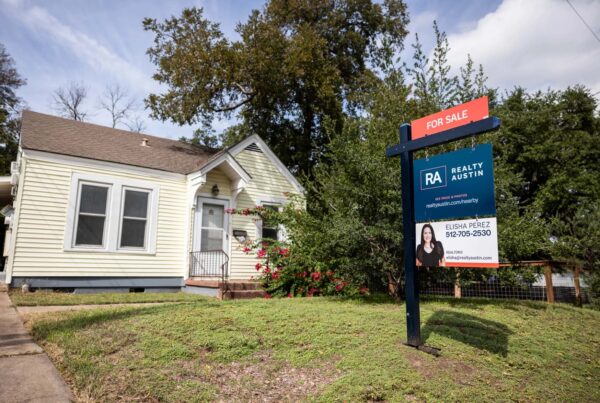In World War II, as the country battled to meet a growing demand for military pilots, a young Texas airplane mechanic saw a chance and took it.
Leonard Vara Fuentes was born in Laredo in 1922, but grew up in San Antonio. He finished high school and became an airplane mechanic apprentice at the old Kelly Airfield in San Antonio.
Fuentes recalled this time in an oral history interview.
“I was attending that apprentice school in 1941, Dec. 7, and things changed from then on,” Fuentes said. “That was when the Japanese attacked Pearl Harbor. But I finished my school. When I finished, I became a qualified aircraft mechanic.”
His job as an airplane mechanic gave him a new perspective.
“I was taught to start the engines, to taxi the airplanes we worked on and go over here and so forth. Not flying, just on the ground. But that was just enough to really motivate me to learn to fly,” Fuentes said.
He was in luck.
John Curatola, a military historian at the National World War II Museum in New Orleans, says that the country’s huge demand for airplanes required new criteria for pilots.
“Most of your pilots before the war went to West Point, had a full four year college degree or some kind of formal education above and beyond high school,” Curatola said. “But what you see here during the war with the need for manpower, we’re willing to accept men who can score well on an aptitude test and even have one year or two years worth of college.”
The Army Air Corps, as it was known then, admitted for this into its elite aviation cadet program.
“I underwent exams, mental exams, learning ability exams and physicals,” Fuentes said. “And so they sent me to Texas A&M, along with some others who had no degree. We were there nine months. In those nine months, we went to school Sundays and Saturdays and sometimes into the evening hours. They crammed us in nine months, a two year education.”
Then came flight school. Fuentes said he loved flying.
“And I’m not going to brag, but I was doing very well,” he added.
After all that training, Fuentes had another decision to make – what kind of airplanes he wanted to fly.
“I chose fighter planes, and I remember that I was scared,” Fuentes said. “I remember that my knees were shaking the first time I flew that airplane. It was such a powerful engine. I got to Europe in February of 1945 and assigned to 87th Squadron of the 79th Fighter Group, which was in Italy. I got to fly eight war missions where you went into the German territory. Eight.”
After Fuentes came home, there was one final flight.
“The last mission that I flew while I was still in the Air Force, WWII, was a flight over New York City. The 101st Airborne Division and the 82nd Airborne Division, who were a pivotal part of D-Day, were coming home,” Fuentes said. “And we flew over New York, at really low altitude. I just felt that these guys had a real effort. They had done something wonderful and they should be honored for this.”
Fuentes had an honorable discharge after World War II, but stayed in the reserves. He was activated again during the Korean War.
He married and he and his wife had three children. Leonard Fuentes passed away in 2009.


